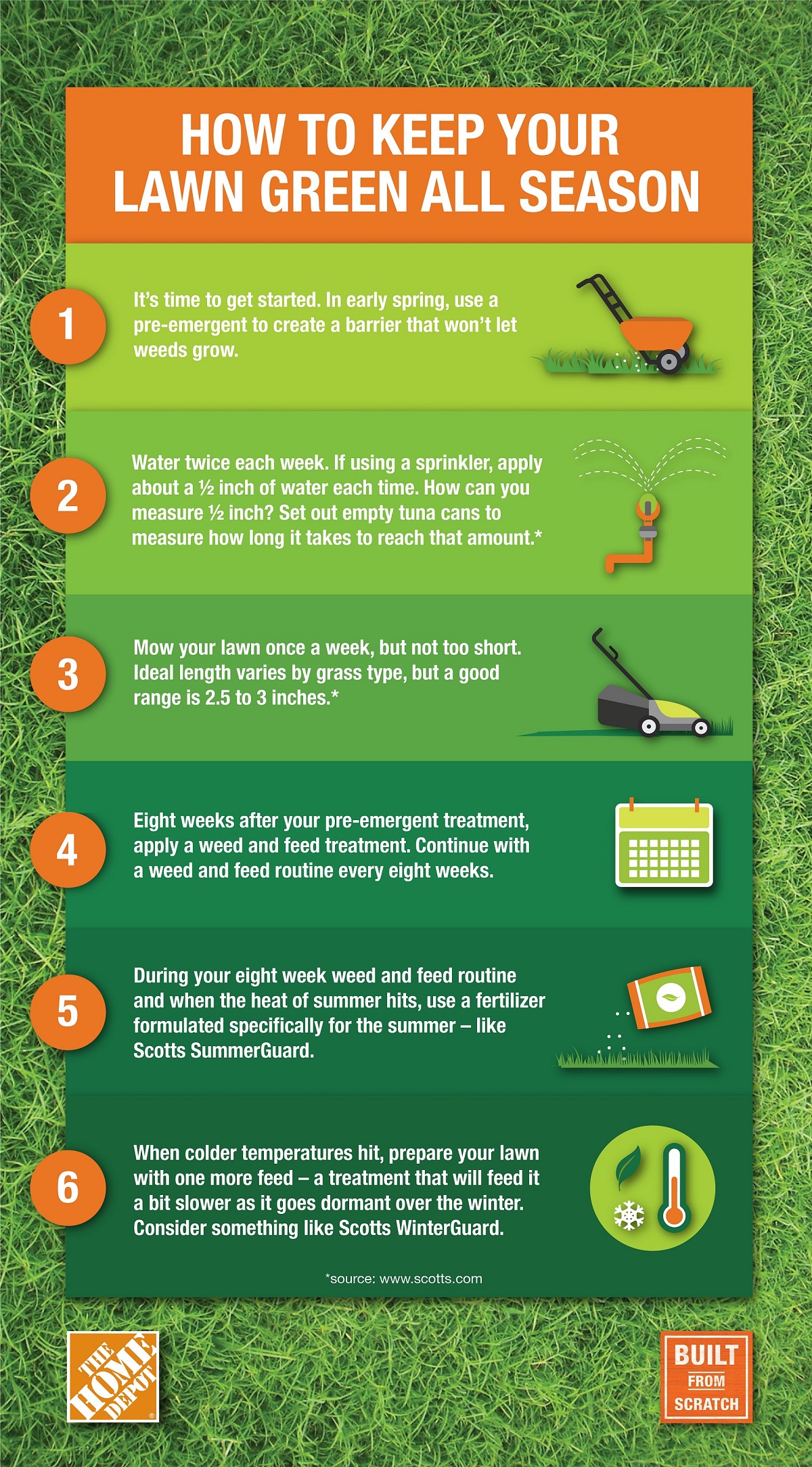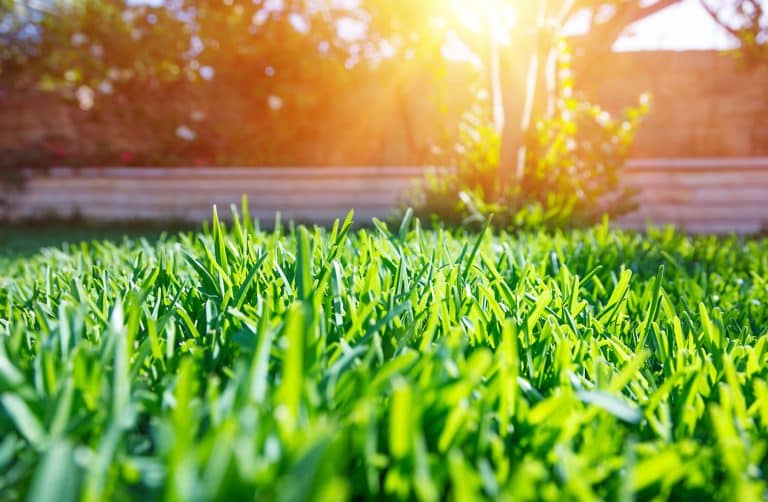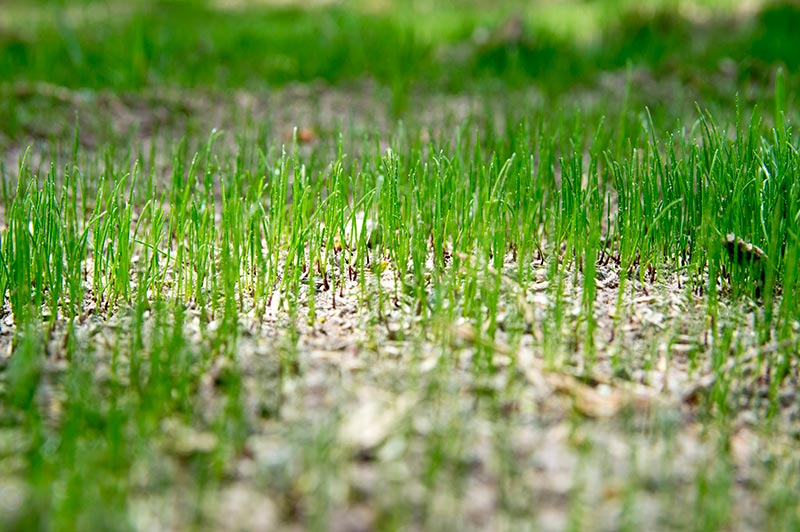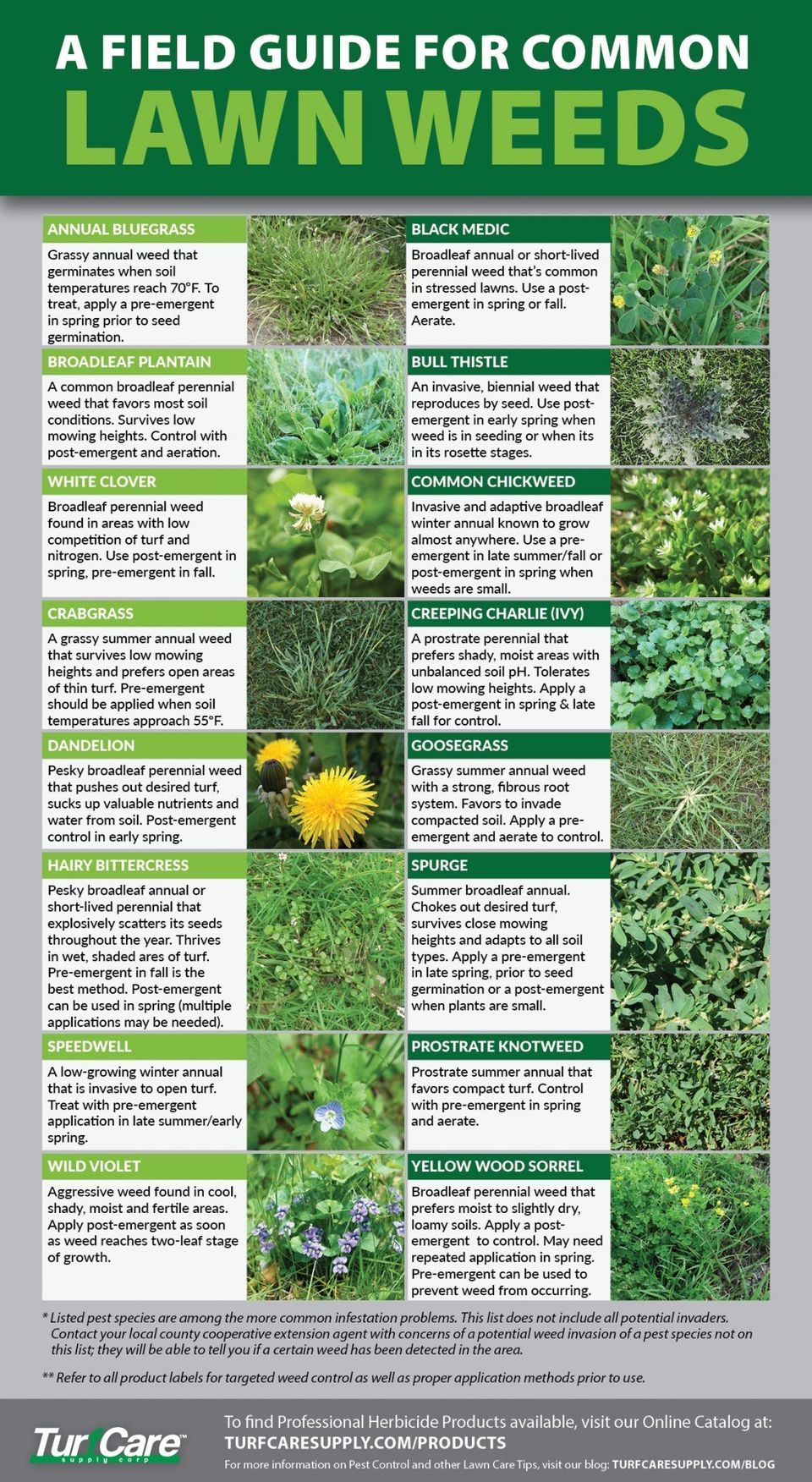The Key to a Stunning Lawn: Understanding Your Soil
When it comes to creating a nice lawn, understanding your soil is crucial. The quality of your soil can make or break the health and appearance of your lawn. Soil provides the necessary nutrients, water, and oxygen for your grass to grow, so it’s essential to test and amend your soil for optimal growth.
Soil testing is a simple process that can be done using a DIY kit or by hiring a professional. The test will provide you with information on your soil’s pH level, nutrient content, and composition. Based on the results, you can determine the best course of action to take to improve your soil’s quality.
For example, if your soil test reveals that your soil is too acidic or alkaline, you can add lime or sulfur to adjust the pH level. If your soil lacks essential nutrients, you can add fertilizers or organic matter to enrich the soil. Understanding your soil’s composition is also vital, as it will help you determine the best type of grass to plant and how to care for it.
By taking the time to understand your soil, you’ll be able to create a solid foundation for a healthy and beautiful lawn. A well-balanced soil will promote healthy grass growth, reduce the need for pesticides and fertilizers, and create a lush and vibrant outdoor space that you’ll enjoy for years to come.
Remember, creating a nice lawn takes time and effort, but with the right knowledge and techniques, you can achieve a stunning outdoor space that will be the envy of your neighbors. By following the tips outlined in this article, you’ll be well on your way to growing a lush and beautiful lawn that will enhance your home’s curb appeal and provide a peaceful retreat for you and your family.
Choosing the Right Grass Type for Your Climate
When it comes to creating a nice lawn, selecting the right grass type is crucial. Different climates and regions require specific types of grass that can thrive in the local conditions. Choosing the wrong grass type can lead to a lawn that is prone to disease, pests, and drought.
There are several types of grass that are suitable for different climates and regions. For example, cool-season grasses such as Kentucky bluegrass, perennial ryegrass, and tall fescue are ideal for cooler climates with moderate temperatures and rainfall. These grasses thrive in temperatures between 40°F and 75°F (4°C and 24°C) and require regular watering.
On the other hand, warm-season grasses such as Bermudagrass, zoysiagrass, and buffalograss are better suited for warmer climates with high temperatures and low rainfall. These grasses thrive in temperatures between 75°F and 90°F (24°C and 32°C) and require less watering.
In addition to climate, it’s also important to consider factors such as sunlight, soil type, and intended use when selecting a grass type. For example, if you have a lawn that receives full sun, you may want to choose a grass type that is drought-tolerant and can handle high temperatures. If you have a lawn with heavy foot traffic, you may want to choose a grass type that is durable and can withstand wear and tear.
Some popular grass types for different regions include:
- Cool-season grasses for northern climates: Kentucky bluegrass, perennial ryegrass, and tall fescue
- Warm-season grasses for southern climates: Bermudagrass, zoysiagrass, and buffalograss
- Drought-tolerant grasses for western climates: blue grama, buffalo grass, and sideoats grama
By choosing the right grass type for your climate and region, you can create a lawn that is healthy, beautiful, and requires minimal maintenance. Remember to also consider factors such as sunlight, soil type, and intended use when making your selection.
How to Properly Mow and Water Your Lawn
Mowing and watering are two of the most critical aspects of lawn care. Proper mowing techniques can help promote healthy growth, while adequate watering can ensure that your lawn receives the right amount of moisture. In this section, we’ll discuss the best practices for mowing and watering your lawn.
Mowing height is a crucial aspect of lawn care. The ideal mowing height varies depending on the type of grass you have. For cool-season grasses, a mowing height of 2.5-3 inches is recommended, while warm-season grasses can be mowed at a height of 1-2 inches. It’s also essential to maintain a consistent mowing pattern to ensure that your lawn looks even and well-manicured.
Frequency of mowing also plays a significant role in lawn care. It’s recommended to mow your lawn once a week during the growing season, but this can vary depending on the type of grass and climate. It’s also essential to leave the clippings on the lawn to act as a natural fertilizer.
Watering is another critical aspect of lawn care. The right amount of water can help promote healthy growth, while overwatering can lead to disease and pest problems. The ideal amount of water varies depending on the climate and soil type, but a general rule of thumb is to provide about 1-2 inches of water per week.
It’s also essential to water your lawn at the right time. The best time to water is during the early morning or evening when the sun is not intense. This helps to reduce evaporation and ensures that the water penetrates the soil.
Some additional tips for mowing and watering your lawn include:
- Use a sharp mower blade to prevent tearing the grass
- Avoid mowing your lawn when it’s wet, as this can lead to disease and pest problems
- Use a rain gauge to measure the amount of rainfall and adjust your watering schedule accordingly
- Avoid overwatering, as this can lead to shallow root growth and make your lawn more susceptible to disease and pests
By following these tips, you can ensure that your lawn receives the right amount of mowing and watering to promote healthy growth and maintain its appearance.
Fertilizing and Maintaining Your Lawn’s Health
Fertilizing is an essential part of lawn care, as it provides your lawn with the necessary nutrients to grow and thrive. However, with so many different types of fertilizers available, it can be overwhelming to choose the right one for your lawn.
When selecting a fertilizer, consider the type of grass you have, as well as the climate and soil conditions in your area. For example, if you have a cool-season grass, you’ll want to choose a fertilizer that’s high in phosphorus, as this will help promote root growth and development.
It’s also important to consider the time of year when fertilizing your lawn. For most lawns, it’s best to fertilize in the spring and fall, when the grass is actively growing. Avoid fertilizing during the summer months, as this can cause the grass to grow too quickly and become susceptible to disease.
In addition to fertilizing, there are several other maintenance tasks that can help keep your lawn healthy and looking its best. Aerating, for example, can help improve soil drainage and reduce soil compaction. Dethatching, on the other hand, can help remove dead grass and debris from the lawn.
Pest control is also an important part of lawn maintenance. Common lawn pests include white grubs, chinch bugs, and billbugs. To control these pests, use a combination of cultural, mechanical, and chemical controls. For example, you can use insecticides to kill pests, or introduce beneficial insects that prey on pests.
Some additional tips for fertilizing and maintaining your lawn’s health include:
- Use a slow-release fertilizer to provide your lawn with a steady supply of nutrients
- Avoid over-fertilizing, as this can cause the grass to grow too quickly and become susceptible to disease
- Use a soil test to determine the pH and nutrient levels in your soil, and adjust your fertilizing schedule accordingly
- Consider using organic fertilizers, such as compost or manure, to provide your lawn with a natural source of nutrients
By following these tips, you can help keep your lawn healthy and looking its best. Remember to always follow the instructions on the fertilizer package, and take necessary safety precautions when applying fertilizers and pesticides.
Controlling Weeds and Preventing Pests
Weeds and pests can be a major nuisance when it comes to maintaining a healthy and beautiful lawn. Weeds can compete with your grass for water and nutrients, while pests can cause damage to your lawn and even spread disease. In this section, we’ll discuss some effective ways to control weeds and prevent pests from taking over your lawn.
Pre-emergent herbicides are a great way to prevent weeds from germinating in the first place. These herbicides create a barrier on the soil surface that prevents weed seeds from sprouting. Apply a pre-emergent herbicide in early spring, before weeds start to grow.
Mulching is another effective way to control weeds. Mulch helps to suppress weed growth by blocking light and preventing weed seeds from germinating. Use a thick layer of organic mulch, such as wood chips or bark, to cover the soil surface.
Hand-weeding is also an effective way to control weeds, especially for small areas of your lawn. Use a tool, such as a hoe or a weeding fork, to remove weeds from the soil. Make sure to remove the entire root system to prevent the weed from growing back.
In addition to controlling weeds, it’s also important to prevent pests from taking over your lawn. Common lawn pests include white grubs, chinch bugs, and billbugs. Use a combination of cultural, mechanical, and chemical controls to prevent pests from becoming a problem.
Some additional tips for controlling weeds and preventing pests include:
- Use a lawn aerator to improve soil drainage and reduce soil compaction, making it harder for weeds to grow
- Use a lawn dethatcher to remove dead grass and debris from the lawn, making it harder for pests to hide
- Use a pest control product, such as insecticides or fungicides, to control pests and diseases
- Use a lawn mower with a mulching feature to leave clippings on the lawn, which can help to suppress weed growth
By following these tips, you can help to control weeds and prevent pests from taking over your lawn. Remember to always follow the instructions on the product label, and take necessary safety precautions when applying herbicides and pesticides.
Adding Decorative Elements to Enhance Your Lawn’s Beauty
A well-manicured lawn is just the beginning of creating a beautiful outdoor space. Adding decorative elements such as flowers, trees, and shrubs can enhance your lawn’s aesthetic appeal and create a welcoming atmosphere. In this section, we’ll discuss the importance of adding decorative elements and provide guidance on selecting the right plants for your climate and soil type.
Flowers are a great way to add color and vibrancy to your lawn. Choose flowers that are suitable for your climate and soil type, and consider factors such as sunlight, watering needs, and maintenance requirements. Some popular flower options for lawns include annuals such as marigolds and petunias, and perennials such as daylilies and coneflowers.
Trees and shrubs can also add beauty and structure to your lawn. Choose trees and shrubs that are suitable for your climate and soil type, and consider factors such as mature size, growth rate, and maintenance requirements. Some popular tree options for lawns include oak, maple, and pine, while popular shrub options include boxwood, hydrangea, and azalea.
When selecting decorative elements, consider the overall style and theme of your outdoor space. For example, if you have a modern home, you may want to choose sleek and minimalist decorative elements such as succulents and gravel. If you have a traditional home, you may want to choose more classic decorative elements such as roses and boxwood.
Some additional tips for adding decorative elements to your lawn include:
- Consider the mature size of plants and leave enough space for growth
- Choose plants that are disease-resistant and low-maintenance
- Use a variety of plants with different textures and colors to create visual interest
- Consider adding hardscaping elements such as patios, walkways, and retaining walls to create a cohesive look
By adding decorative elements to your lawn, you can create a beautiful and welcoming outdoor space that enhances your home’s curb appeal and provides a peaceful retreat for you and your family.
Creating a Lawn Care Schedule for Long-Term Success
A well-planned lawn care schedule is essential for maintaining a healthy and beautiful lawn. By creating a schedule, you can ensure that your lawn receives the necessary care and attention it needs to thrive. In this section, we’ll discuss the importance of creating a lawn care schedule and provide a sample schedule that includes regular maintenance tasks, seasonal activities, and reminders for fertilizing, mowing, and pest control.
A lawn care schedule should include regular maintenance tasks such as mowing, watering, and fertilizing. It should also include seasonal activities such as aerating, dethatching, and pest control. By following a schedule, you can ensure that your lawn receives the necessary care and attention it needs to thrive.
Here is a sample lawn care schedule that you can use as a guide:
- Weekly:
- Mow the lawn at the recommended height for your grass type
- Water the lawn deeply once or twice a week, depending on weather conditions
- Fertilize the lawn with a balanced fertilizer
- Monthly:
- Aerate the lawn to improve soil drainage and reduce soil compaction
- Dethatch the lawn to remove dead grass and debris
- Check for pests and diseases and take action if necessary
- Seasonally:
- Spring: Apply a pre-emergent herbicide to prevent weeds, and fertilize the lawn with a balanced fertilizer
- Summer: Maintain the lawn’s height and watering schedule, and check for pests and diseases
- Fall: Aerate the lawn, dethatch the lawn, and fertilize the lawn with a balanced fertilizer
- Winter: Protect the lawn from winter damage by applying a winterizer fertilizer, and check for pests and diseases
By following this schedule, you can ensure that your lawn receives the necessary care and attention it needs to thrive. Remember to adjust the schedule based on your specific climate, soil type, and grass type.
Maintaining Your Lawn’s Appearance During Different Seasons
Maintaining your lawn’s appearance during different seasons requires some special care. In this section, we’ll discuss how to winterize your lawn, perform spring cleanup, maintain your lawn during the summer, and prepare for the fall.
Winterizing your lawn is an important step in maintaining its appearance. During the winter months, your lawn may go dormant, but it still needs some care. Apply a winterizer fertilizer to help your lawn survive the cold weather, and consider applying a layer of mulch to protect it from extreme temperatures.
In the spring, perform a thorough cleanup of your lawn. Remove any debris that may have accumulated during the winter, and apply a pre-emergent herbicide to prevent weeds from growing. Also, consider aerating your lawn to improve soil drainage and reduce soil compaction.
During the summer, maintain your lawn’s height and watering schedule. Also, check for pests and diseases, and take action if necessary. Consider applying a fungicide to prevent fungal diseases, and use an insecticide to control pests.
In the fall, prepare your lawn for the upcoming winter. Apply a fall fertilizer to help your lawn recover from the summer heat, and consider overseeding any bare spots. Also, consider applying a layer of mulch to protect your lawn from extreme temperatures.
Some additional tips for maintaining your lawn’s appearance during different seasons include:
- Monitor your lawn’s temperature and adjust your care routine accordingly
- Use a lawn mower with a mulching feature to leave clippings on the lawn and reduce waste
- Consider using a lawn aerator to improve soil drainage and reduce soil compaction
- Use a lawn dethatcher to remove dead grass and debris from the lawn
By following these tips, you can maintain your lawn’s appearance during different seasons and keep it looking its best.







